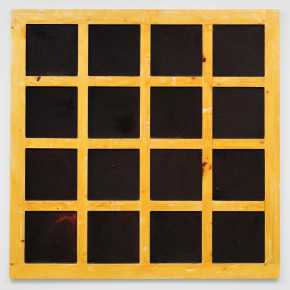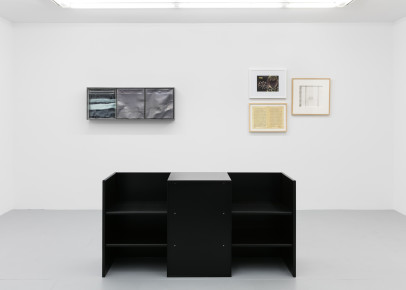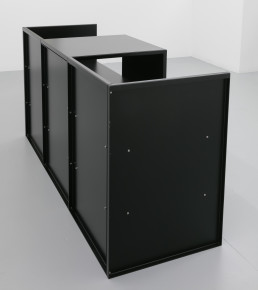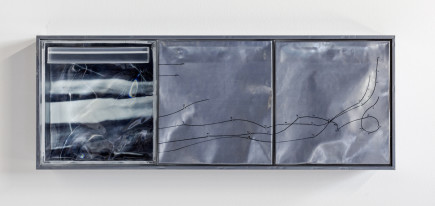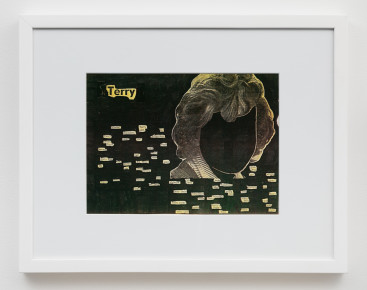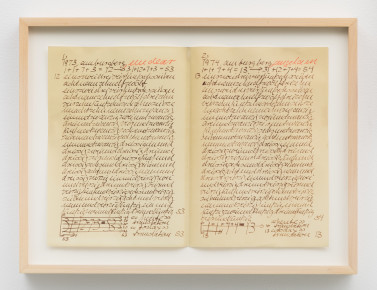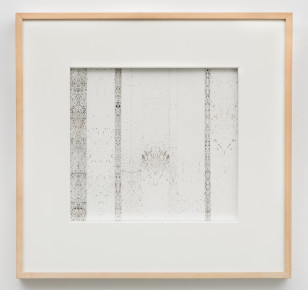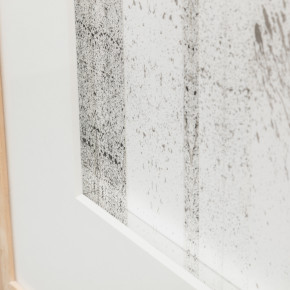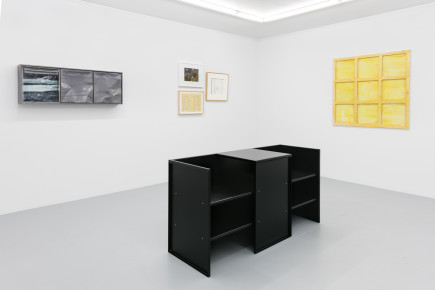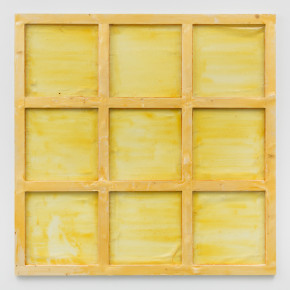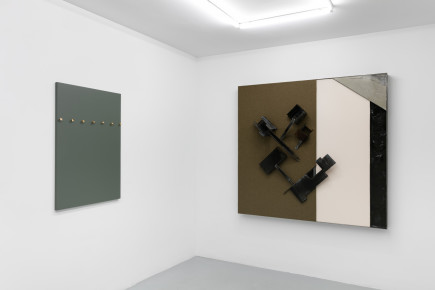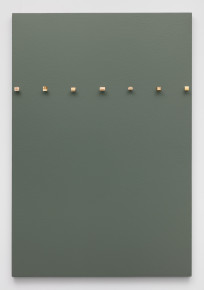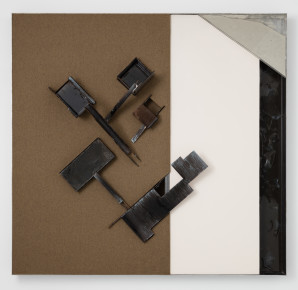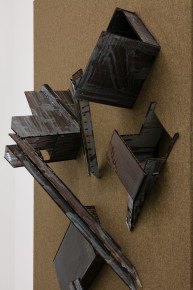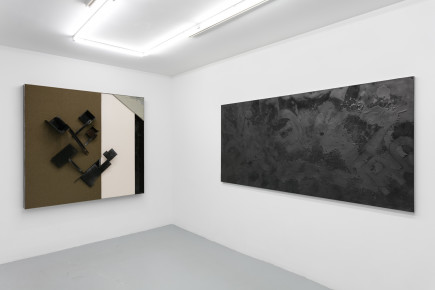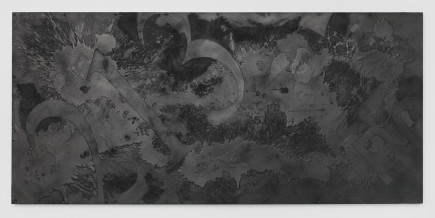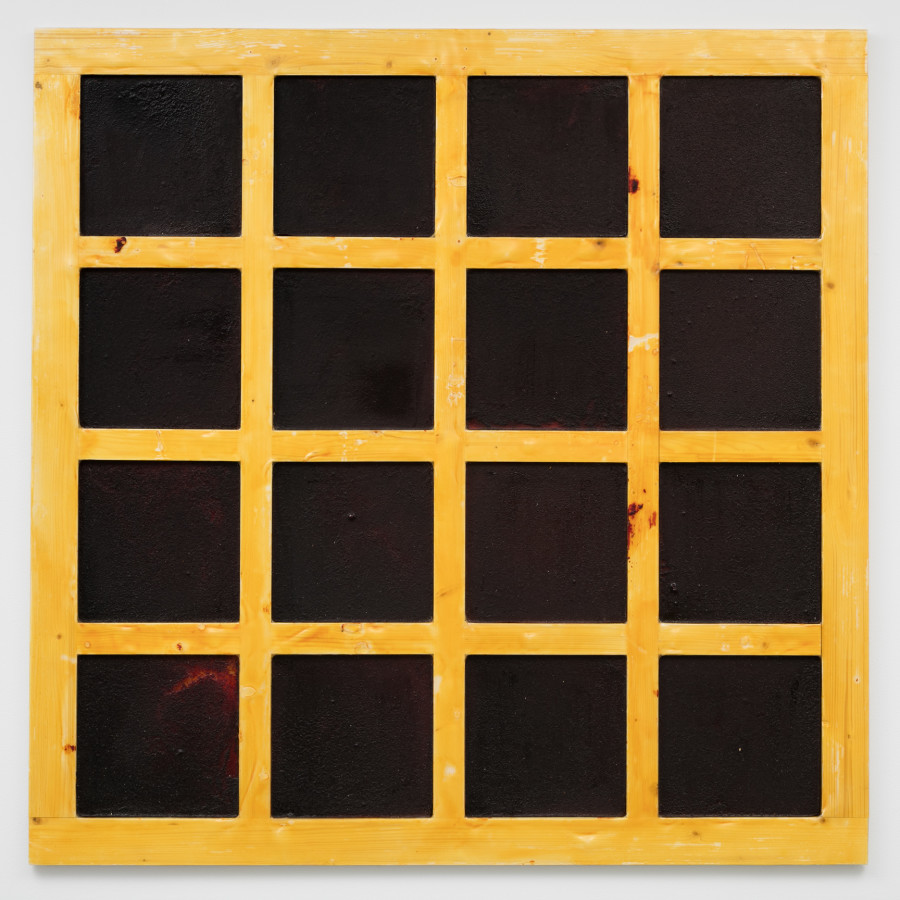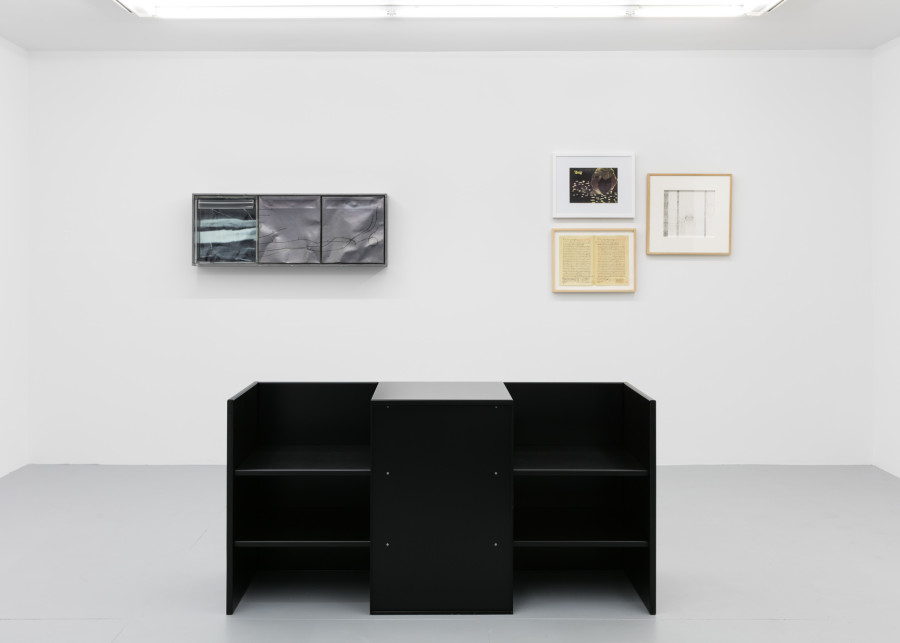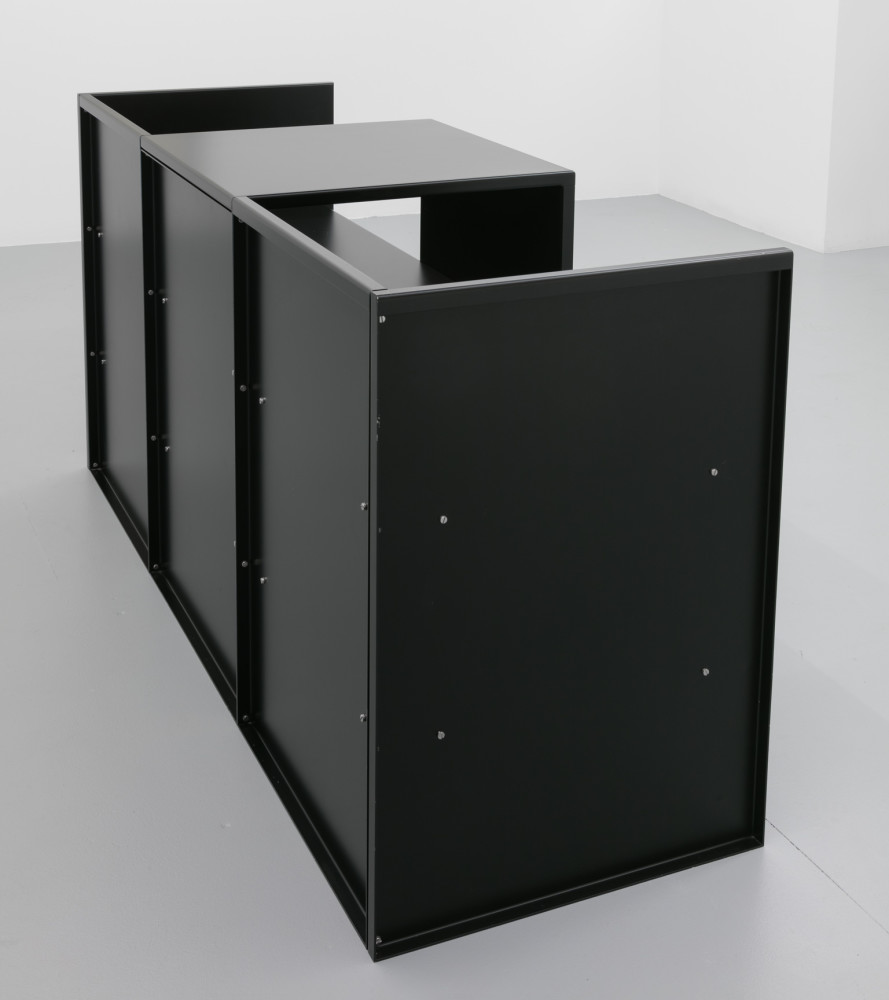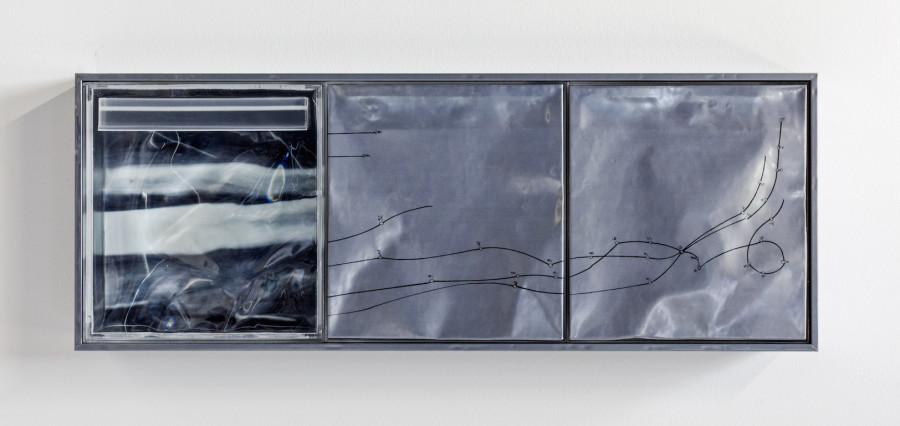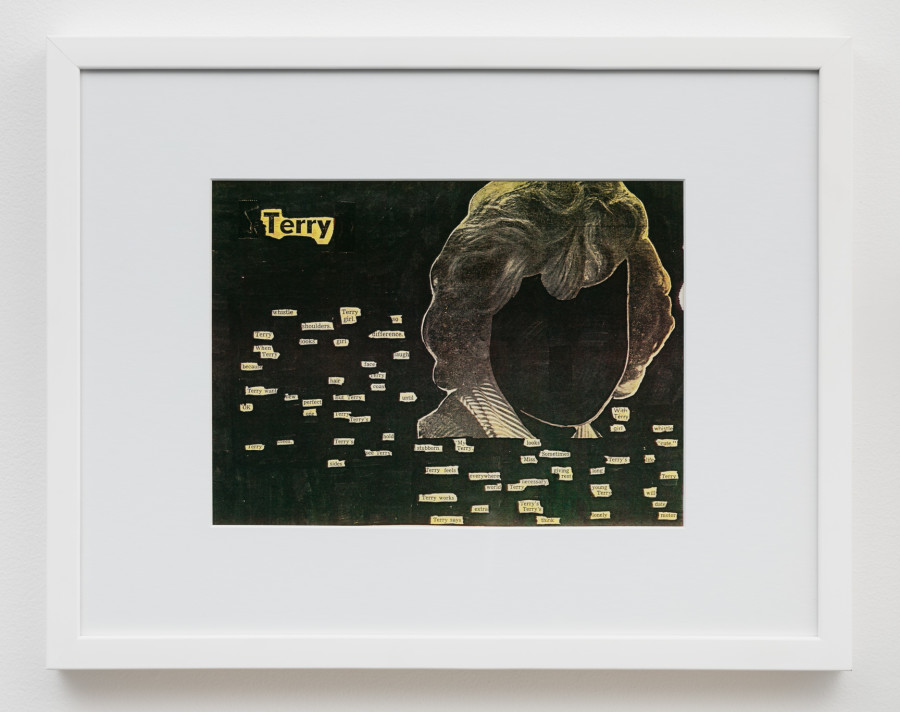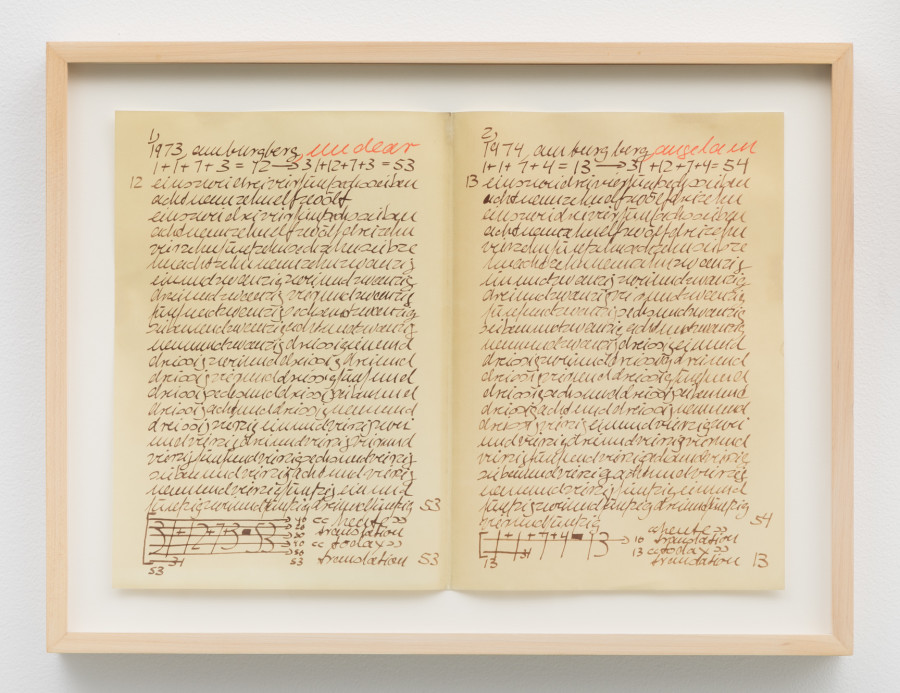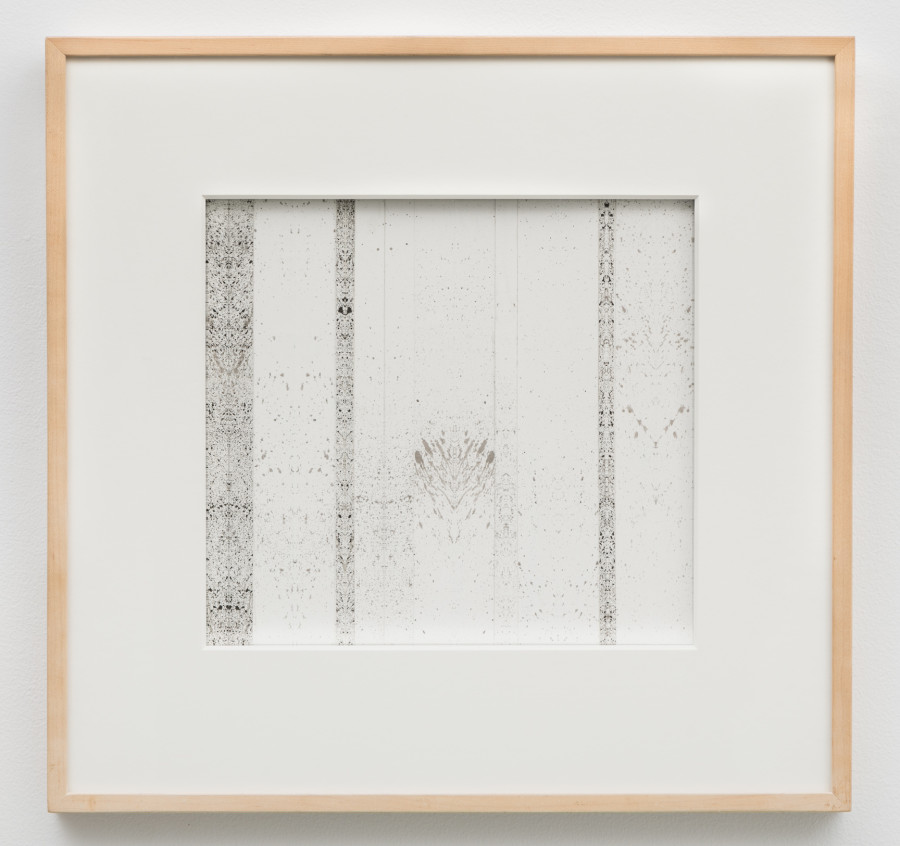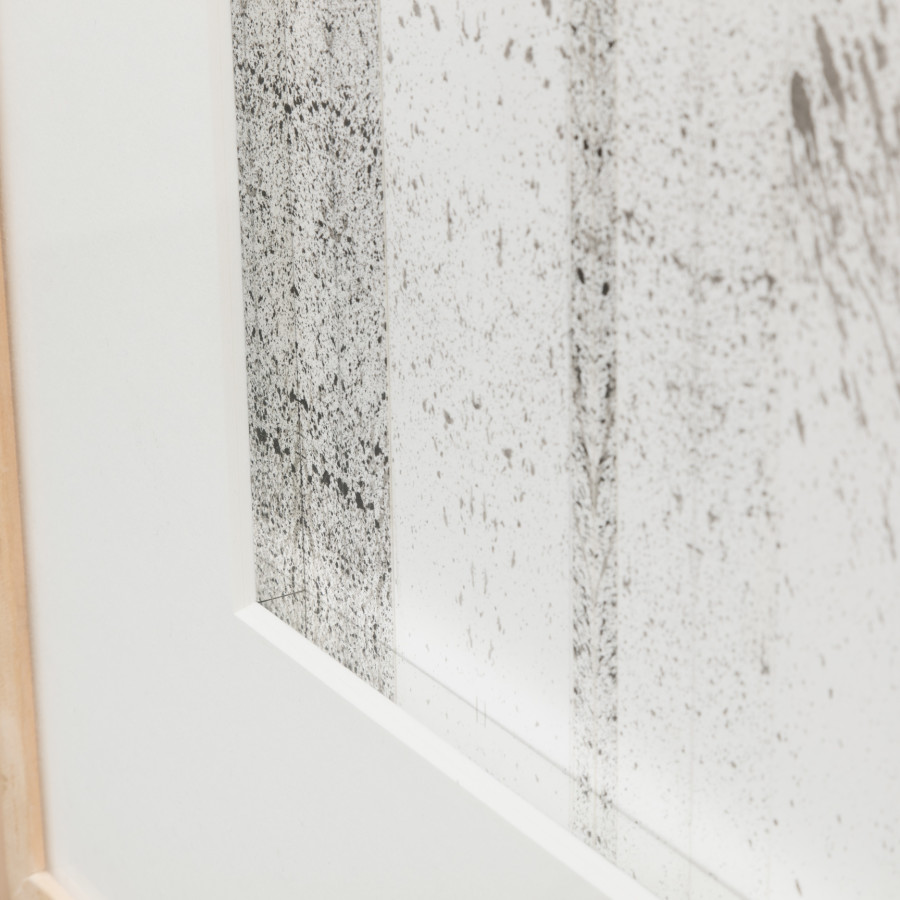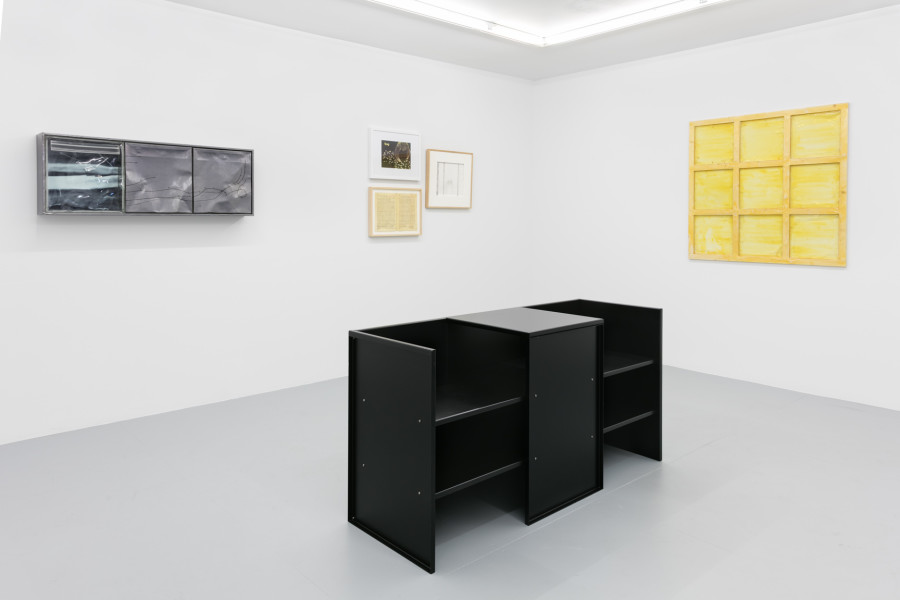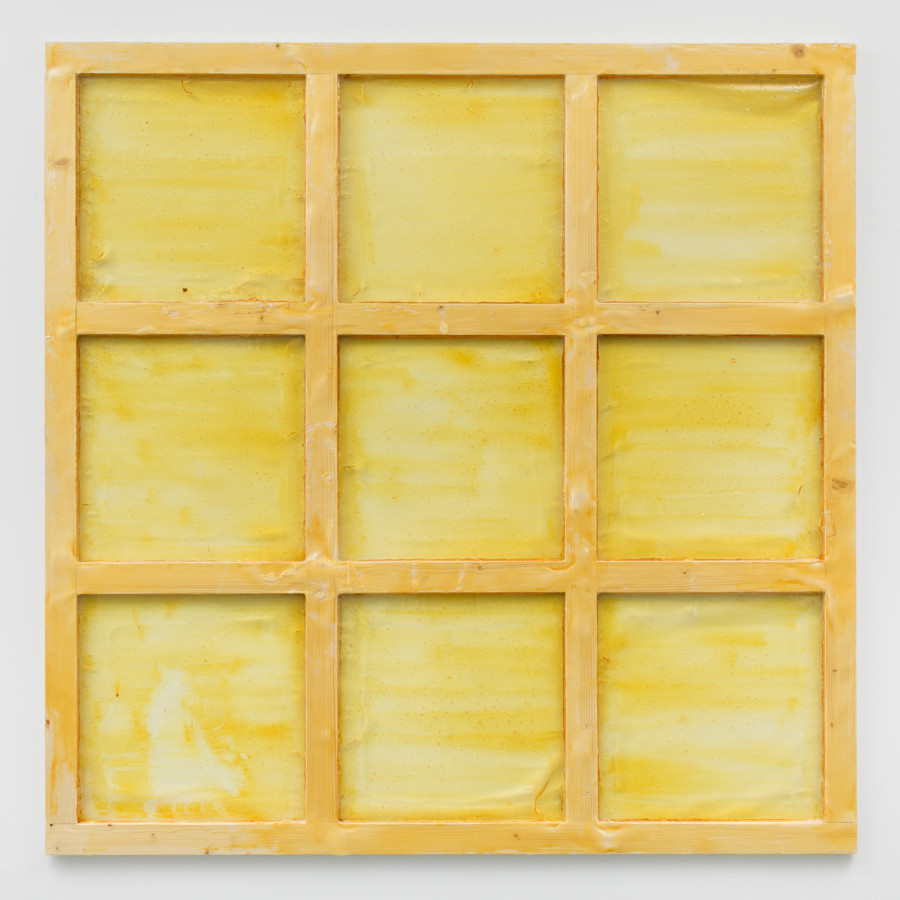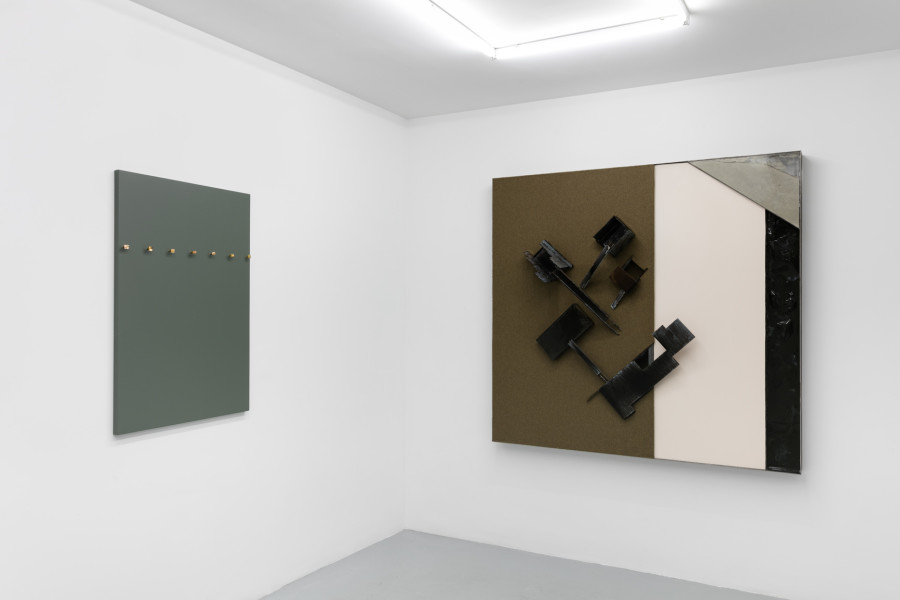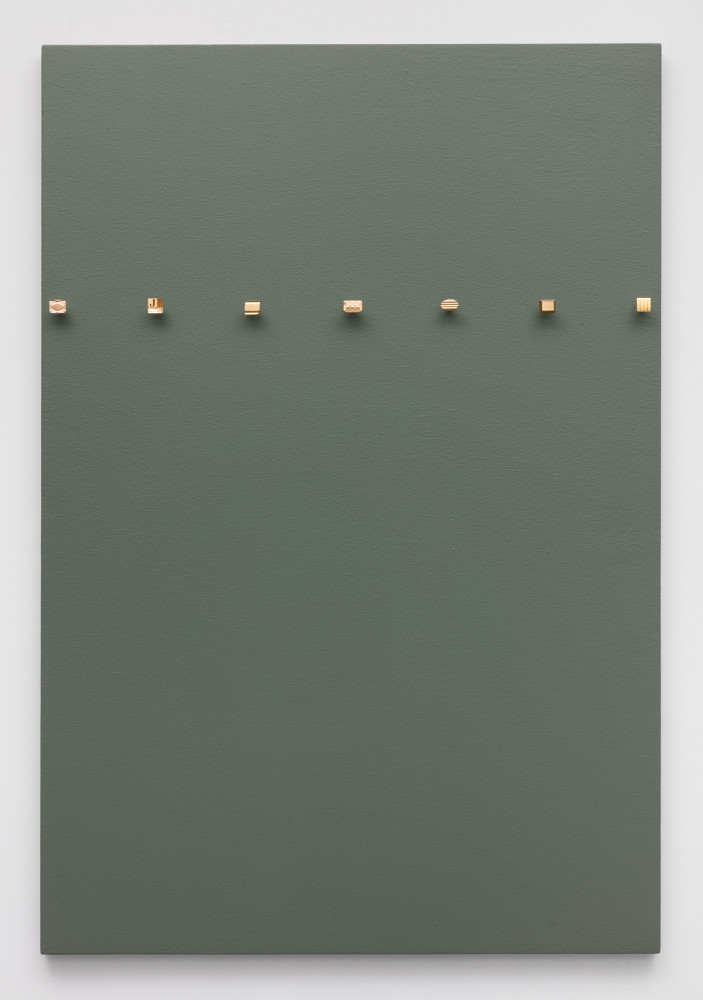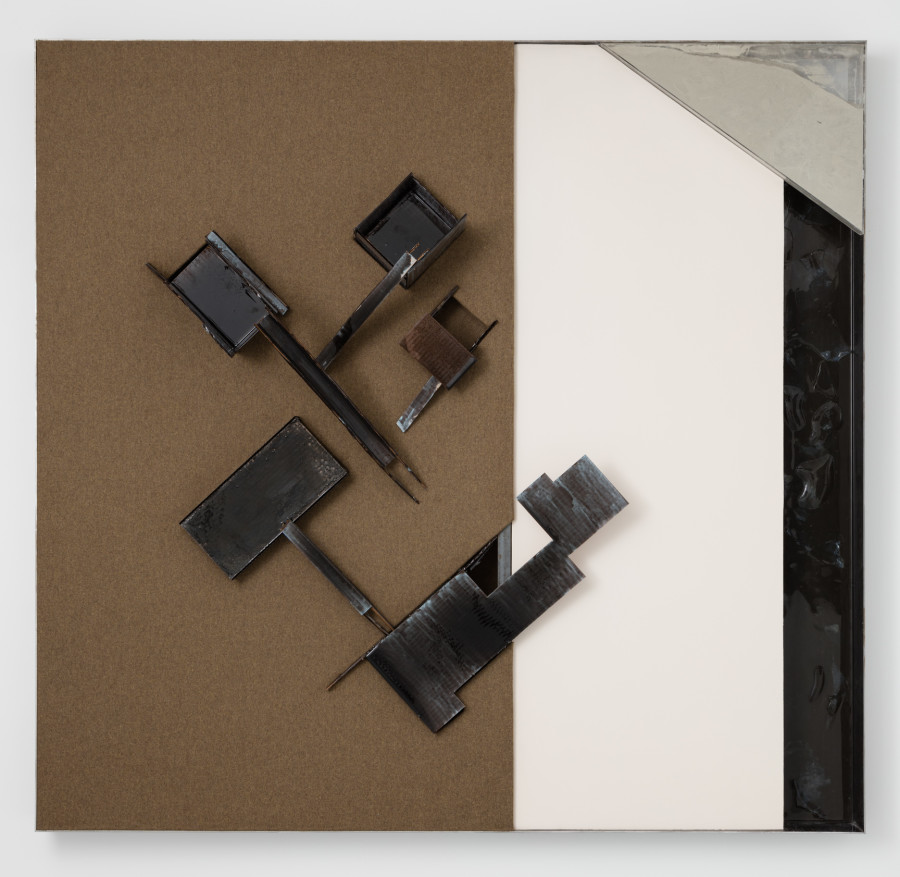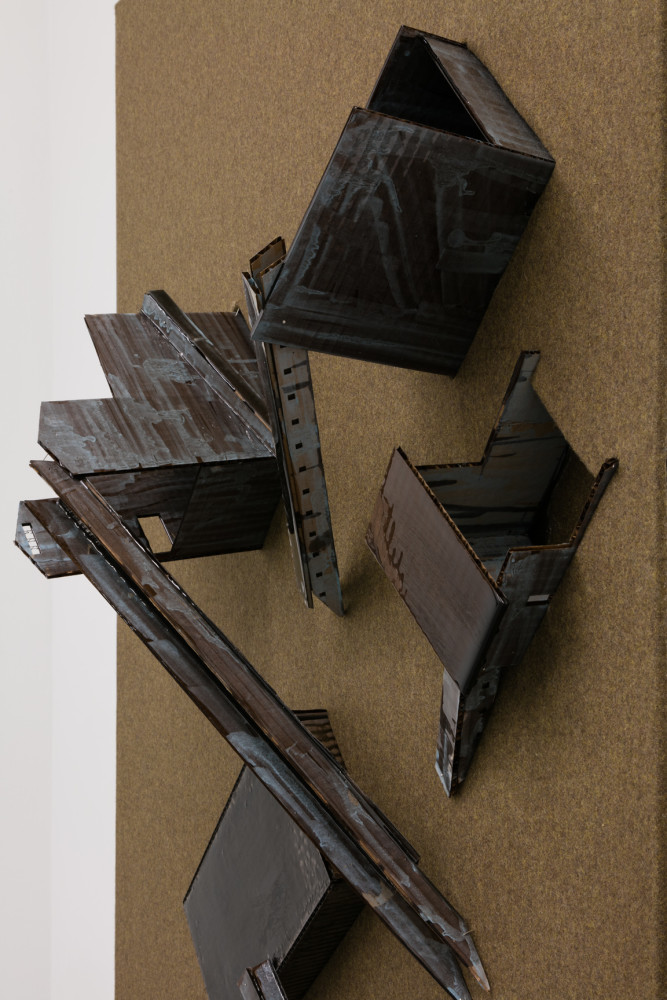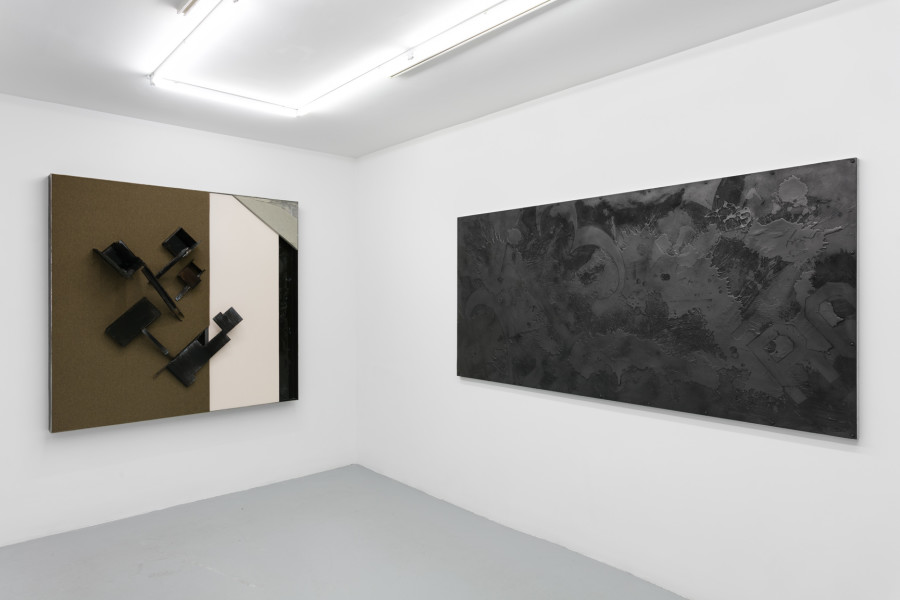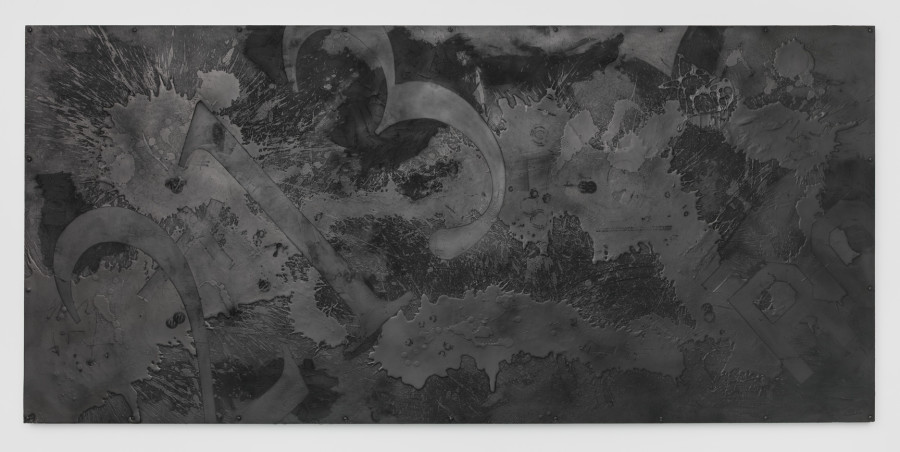Why is it so difficult to measure, with any precision, the mediating role of techniques? Because the action that we are trying to measure is subject to blackboxing, a process that makes the joint production of actors and artifacts entirely opaque. Daedalus’s maze shrouds itself in secrecy. Can we open the labyrinth and count what is inside?
– Bruno Latour, Pandora’s Hope. Harvard, 1999
The humor of the phrase ‘in one ear and out the other’ implies that the processing inside our grey matter is nil, that the information entered but was neither retained nor transformed. In computer science I/O is a term that refers to input / output. It is computation at its most fundamental: information is inputted, and information is outputted. What transpires between the I and O is the processing. Be it an onboard flight recorder or the computer that’s in your pocket, what takes place between the ears, the stuff of processing, is critical. When Robert Morris placed a naked self portrait into a wall-mounted assemblage called I-Box, 1962, the grin that’s on his face seems to say: the heart of all subject matter is the self. The act of processing, or technique, in Latour’s parlance, is veiled by blackboxing, the stuff of myth, of incomprehension of how something came into being. How was it created? Where did it come from? What does it do? Perhaps inside Daedalus’s maze lies the unintelligible source of all beauty: ourselves?
The exhibition will center around a black, enameled aluminum, tete-a-tete by Donald Judd, created in his lifetime. Minimalism’s use of industrial materials is arguably its greatest influence, whether or not Judd would have approved (I often think of Judd rolling around in his simple pine casket in Marfa at every indiscreet use of his name or supposed influence). This commanding sculptural object, all but alien to the world of functional furniture, is an I/O device, just as it could be argued that every object of human creation, even a cellphone, is an I/O device. Latour argues, “When a machine runs efficiently, when a matter of fact is settled, one need focus only on its inputs and outputs and not on its internal complexity. Thus, paradoxically, the more science and technology succeed, the more opaque and obscure they become.” Blackboxing foils understanding; it is that which we cannot grasp as we consider an object’s function or complicate it with meaning; it is the ineluctable enigma of uniqueness, the je ne sais quoi of creation.
For downloadable exhibition material, click here.
